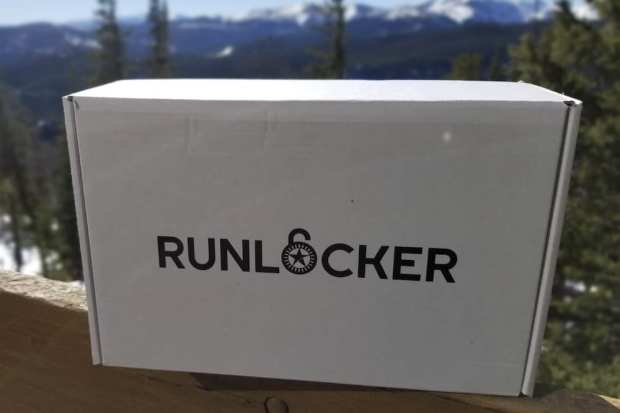Athletic Subscription Boxes Run On Curation

The plethora of merchandise and accessories in the athletic market can be overwhelming for new runners. In addition to buying a pair of sneakers to lace up when they hit the road, consumers also have the opportunity to choose products such as energy gels, bars and fitness equipment.
Matt Cardosi, who founded running gear subscription service RunLocker, had the vision to condense all of those running-related items into a subscription box. The concept, he told PYMNTS, was to help new runners “kind of get to know and become more aware” of the items that he and his team believe will be most helpful to them.
RunLocker offers three options for subscription plans: a month-to-month plan, a three-month prepay plan and a six-month prepay plan. Once consumers choose a membership tier, they select their gender, T-shirt size, sock size and any special dietary requirements. Their locker is then delivered straight to their door, stocked with products to help them “run faster and recover quicker,” according to the company.
RunLocker accepts major credit cards, and its payments are based on Stripe. The company also uses Cratejoy for its backend, which Cardosi said provides “a whole host of analytics” and a good dashboard.
The Boxes
RunLocker offers a main item in its box, which is the most valuable product. That could be a T-shirt, baseball cap or a pair of sunglasses. There is also a secondary item, which could be a product that is more aligned with stretching exercises, rehabilitation or general fitness, such as a jump rope. The third might be an energy product like gel, bars or gummies. RunLocker works with a range of companies, from large national brands to startup-type firms that are making unique products, such as maple syrup gels in Canada.
When it comes to their target market, Cardosi originally planned to cater to new runners. He said the company’s target audience now is someone who has perhaps done a “fun run” and is ready to sign up for a 5K, 10K or another race event. They might have a pair of running shoes, but don’t have a race belt or know anything about water bottles. The company doesn’t have a specific age range, but Cardosi noted the demographic is geared toward social media users, which tends to skew a little younger.
To get the word out about RunLocker, the company has experimented with promotions on Instagram. It has also been using Facebook and Google Ads. Beyond the subscription offering, the company offers a variety of products including armbands, jump ropes and foot massagers for one-time purchase.
The Running Subscription Market
Beyond RunLocker, other digital innovators are bringing the subscription business model to products and services geared toward runners. Charge Running, for instance, offers a mobile fitness app that provides live group fitness classes that users can access from anywhere in the world. Through the app, users can see live runs and run along with others on the platform, and trainers provide live feedback.
Users can download the running app through the App Store, can log in with email or Facebook, and automatically join a free two-week trial. They can sign up for a yearly or monthly subscription plan. Payments are made directly through the App Store; most consumers have a payment card linked to their iTunes account. Consumers can tap into the app’s offering more than once a day with the unlimited subscription, which hosts several live daily runs as well as races on Saturdays that include four-mile runs, one-mile sprints or 10Ks.
From Charge Running to RunLocker, digital innovators are running on subscriptions to help fitness-minded consumers meet their goals with products and services for their athletic needs.
